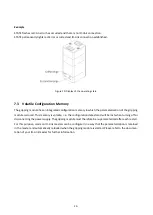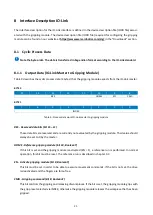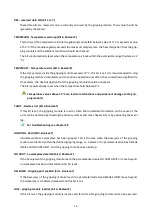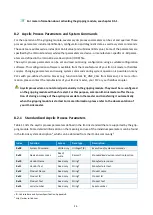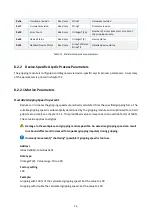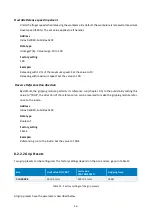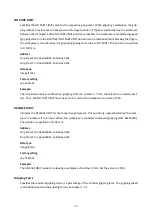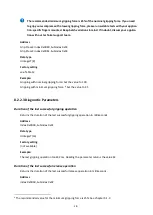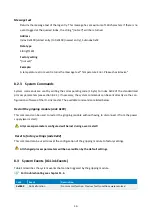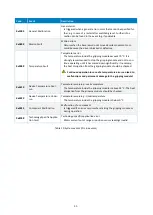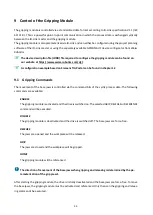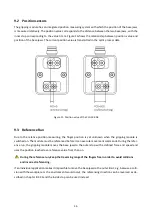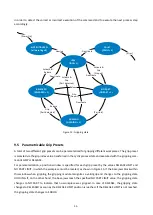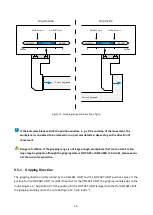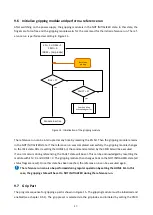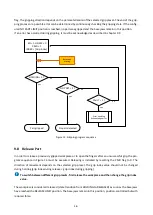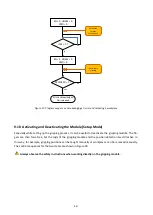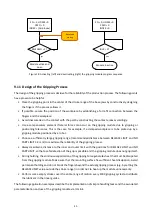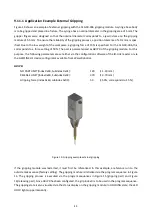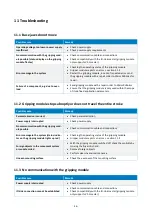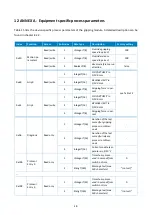
34-
9.4
Gripping State
The gripping module provides the so-called gripping state for detecting end positions and gripped/ungripped
workpieces. The gripping state is generated by the integrated workpiece detection and transmitted to the
process control via the cyclic process data. It can be used for the sequence control of the handling process.
Table 14 lists the possible gripping states. Immediately after startup, the module is in a special "NOT INITIAL-
IZED" state, which is not reached during normal operation. The module remains in this state until a reference
run has been initiated.
State
Status flag
Description
NOT INITIALIZED
all flags = 0
Initial state
The gripping module has been switched on and is waiting for the com-
mand to perform the reference run.
IDLE
IDLE = 1
Gripper is idle
The gripping module is inactive and the fingers are force-free.
RELEASED
RELEASED = 1
Part released
The workpiece is released, i.e. the parameterized RELEASE LIMIT has
been reached. The base jaws remain position-controlled with reduced
force.
NO PART
NO PART = 1
No part gripped
No workpiece was detected during gripping, i.e. the parameterized NO
PART LIMIT has been reached. The base jaws remain position-con-
trolled with reduced force.in this position with reduced force.
HOLDING
HOLDING = 1
Part is held
The gripping module has been blocked between the RELEASE LIMIT
and the NO PART LIMIT position and the base jaws do not move. The
workpiece is held with the set force, the workpiece monitoring is acti-
vated.
ERROR
FAULT = 1
An error has occurred
An internal error has occurred that prevents the gripping module from
functioning correctly. For error reasons, see chapter 11.4. In addition,
a corresponding system event is triggered, see Table 13.
Table 14: Gripping states
In regular operation, depending on the last executed command and the current position of the base jaws,
one of four gripping states can be reached: IDLE, RELEASED, NO PART or HOLDING. The FAULT state indicates
a device error. The possible transitions between the states are shown in Figure 12.
A state transition is initiated by the gripping commands GRIP/RELEASE and ENABLE/DISABLE, which are set
by the master via the cyclic process data. If the gripping module receives a new command, it is executed and,
depending on the result, the gripping state changes accordingly. Each command leads to a change of state,
so that the completion of a command can be detected by waiting for a change of state.
The gripping state thus provides a simple way of mapping the gripping process into the higher-level control-
ler. After triggering a new gripping command, it is only necessary to wait for the change in the gripping state

